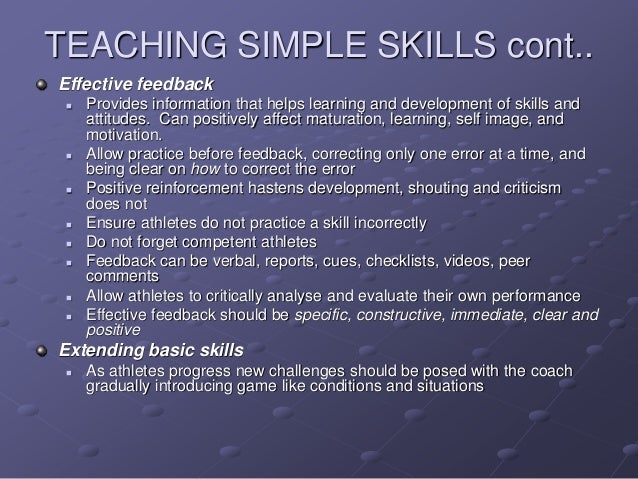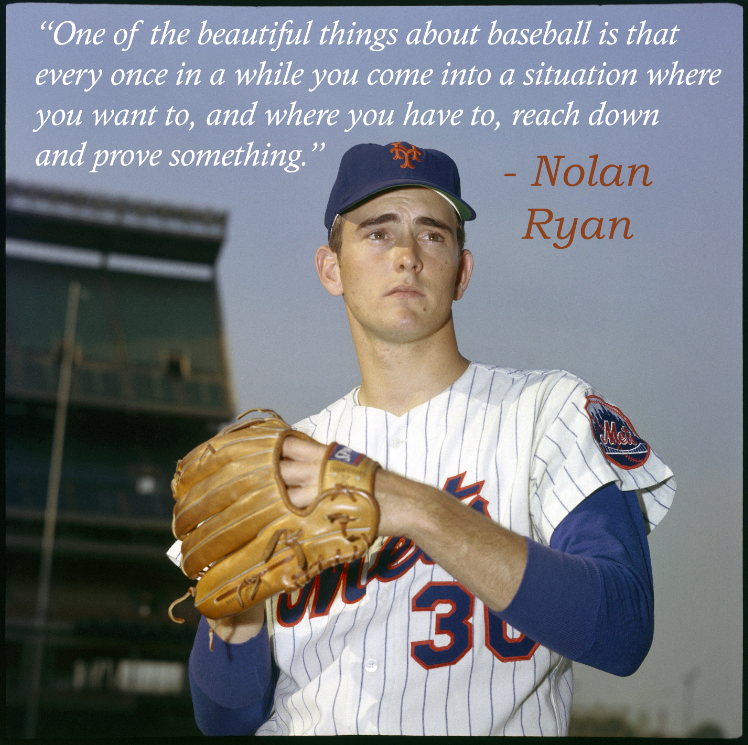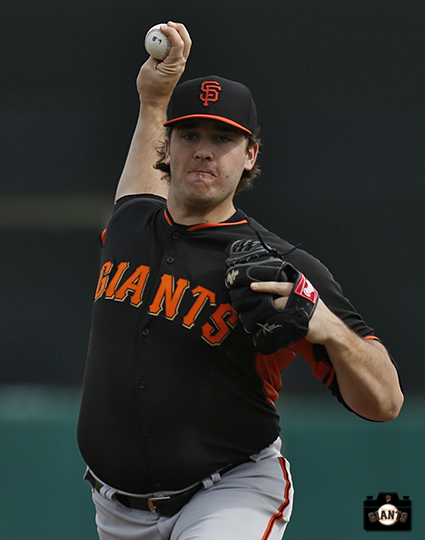A lot of good training stuff in this interview with one of the all-time, world-wide greats in the industry. But this thought is specific to baseball training and what Bondarchuk call "a problem in the head", the focus on maximum strength to the detriment of maximum speed.
Below is an interview that Martin Bingisser, Jake Jensen and I worked on together with the great Dr Bondarchuk. I think it will provoke some thought and discussion amongst coaches. You can find his new book here,
I've done training talks with dozens of the best coaches and athletes around the world. But while I talk to him often about training, I have yet to sit down for a training talk with the one man that has influence my thoughts on training the most: my coach for ten year Dr. Anatoliy Bondarchuk. Part of the reason is that I am now more interested in learning new viewpoints. Another reason is that answering the same old questions can frustrate the old man. But with the help of Yosef Johnson and Jake Jensen I was finally able to get him on the record about some questions are of interest to myself and should be of interest to coaches from any sport.
I doubt it is possible for a reader of this site to not know Bondarchuk. But just in case, I will give a short intro: he is a former Olympic champion and world record holder who went on to coach numerous other Olympic champions and world record holders. Suffice to say, he is one of the most successful coaches of all time in any sport. He is also a revolutionary thinker on training methodology, publishing some great books on training methodology for all sports:
We also offer some package discounts if you buy multiple books. Sales help support this site and allow us to keep producing great content. While the translations can be difficult at times, I am always happy to work through the text with people who purchase them through our site. In addition he has also self-published several texts on periodization, including a new volume as well as a book on throwing that we will profile this month.
So with that in mind, let's jump right in.
Martin: What would you say makes your planning methods the most unique?
Bondarchuk: I use a different periodization theory. There are 42 methods of periodization I have outlined, but the general idea is that my athletes will reach four, five, or even six peak conditions each year. In the United States with most methods athletes have one peak each year. This is first main difference of my approach.
Everybody makes mistakes. If your peak condition takes one year you are finished. You lost that year. If you make a mistake again then you lose another year. My system is different. For example I will give my athletes a program with certain intensity, volume, and exercises. After two or three months they will reach peak condition. If the result did not grow then I made a mistake. Then I give another system for the second peak condition. If again the results do not grow I try again. If the first time there is no growth, the second time no growth, but the third time a little growth then I learned what works. With six peak conditions each year you have time to learn and make mistakes. Everybody needs different training and you learn this way what is best. The standard approach is to have a preparation period, competition period, and rest period. We need to change our minds. We do not need to use the whole year for one development period.
Martin: And another central theme is transfer of training. Which method and exercises you choose is tightly connected with transfer.
Bondarhuk: This is the second difference. There is a big problem in America concerning the development of strength. For 40 years coaches have been saying maximum strength will increase dynamic speed. It is time to change our minds about this. There are different types of strength. For example if you do a full squat, your body is moving maximum 1 or 2 meters per second. If you shot put your body moves up to 16 meters per second for an elite results. In the hammer throw it is moving at 32 meters per second. Do not need to always think about maximum strength. Think about explosive muscles. It's maximum speed not maximum strength. If you change mind you will start using different methods.
Yuri Sedykh training with Bondarchuk
Martin: Yuri Sedykh was one of your top athletes. He was two-time Olympic champion, yet never had the maximum strength numbers of his competitors, correct?
Bondarchuk: Yuri did not have huge the muscles of the other athletes. But he threw far because he used a different system. We trained together 20 years and during this time he did not use full squats. He would only sometimes use half squats, but not with 250 or 300 kilograms, but doing 180-kilograms fast.
I also like to talk about my friend. Back in 1962 he had bench press result of 320 kilograms. In the full squat he did 350 kilograms. But he only threw 17.20 meters in the shot put. Christian Cantwell for example, has around a 305 kilogram bench and over 22 meters in the shot put. And Al Feuerbach could only bench about 165 kilogramsbut set the world record at 21.81 meters in 1973. But Feuerbach had fantastic explosive muscles.
Martin: Are you referring to fast twitch muscles when you are talking about "explosive" muscles?
Bondarchuk: You need to think about athletes with explosive muscles. Athletes have two kinds of muscle fiber: slow and fast types. If athletes have 70% slow and 30% fast they will not get a good result. You need to find athletes with 70% or more explosive muscles.
In my new book about throwing I have some statistics about what levels of strength are needed. If you look at the men's discus throwers 65 meters we saw the worst athletes around 125 kilograms in the snatch and the best athletes at 165 kilograms. If worst result is 125 kilograms and this is enough for 65 or 70 meters, then you do not need 165 kilograms. In the hammer Yuri Sedykh had a snatch of 120kg. Tibor Gecsek had 160kg. The same was the case in the clean, Yuri had 165 kilograms and Gecsek had 205 kilograms. Even I had a result of 190 kilograms, but I only threw 77.42 meters and he threw 86.74 meters. He not have big results in snatch and clean, but he had explosive muscle.
Martin: The amount of muscle is mostly predetermined, but we can still develop it to get the most out of what we have. How do you go about developing this explosive muscles?
Bondarchuk: In training you need to use the explosive muscle. If you are looking for maximum strength in the snatch and you can only do 100kg, then use 40 or 50 or 60 kilograms to develop speed in training. This is a different idea. Think about speed, speed, speed, fast, fast, fast.
There are lots of methods though to develop all types of strength. You must choose for your athletes. Some athletes need 90-95% to develop maximum strength. Others need 80-85%. Somebody uses 80% and results grow. Others use it and after their results go down. Everybody is different; different muscle, different everything. You must know this general idea and after the general idea you must transfer to your athlete. This is true for all parts of training. For example with heavy implements in the hammer throw; somebody needs an 8-kilogram hammer, somebody a 12-kilogram hammer. Everybody must first use the scientific general idea and then individualize it.
No scientist or coach can tell you what to do. Everyone is different, and what works also changes. If you find a system that works for a 16 meter shot putter, it must change to keep working as the body grows. If athlete has 16 meters you can do 50-60 tons per month. With 18 meters you might need 100 tons. You need to think about long term training and each peak condition needs to be a better system.
Martin: If you are lifting a lot at submaximial intensities is it faster just because the weight is less, or do the athletes also attempt to move it as fast as possible?
Bondarchuk: You always ask the question to yourself: what do I need for my athlete. If you want speed you must move it fast. Some people say for development maximum strength need 90%. But 60% can also develop maximum strength. For example many reps at 60% can have same effect as one rep at 90%. But you also develop speed strength with this weight. If you just use 90% you do not develop speed. No big speed. If athlete needs to think about speed, they need use this zone. If intensity is down, you can move faster. But you also have to pay attention since more repetitions can cause exhaustion. If your athlete is exhausted that will not promote speed.
Martin: Often in our training we are using sets with five reps. Is there anything special about this number?
Bondarchuk: There is not a big difference between 5 and 6 reps; the results are the same. There is just a big difference between 1 or 2 reps and 15 reps. But between 5 and 6 reps there is not much difference. Again you need to see what is best for your athlete.
Martin: Is this approach just for the throws, or for all speed sports? For example in baseball or boxing you need speed and the implements weigh less or weigh nothing. Would your approach change there?
Bondarchuk: Every kind of sport is different and you need to think about the specific needs. Baseball needs a lot of explosive muscles. Even within throwing events there are differences. Let's say that your tonnage for a hammer thrower is broken up into 50% for maximum strength development and 50% for maximum speed. In the javelin it might be 30% for maximum strength and 70% for maximum speed. Every sport is a little different. The question is always: what do I need for my athlete.
But it is not 100% maximum strength. This is big problem in the United States. This is a problem in the head. Everyone thinks they need maximum strength for the past 50 years. They think that with maximum strength comes maximum speed. This is an old idea. Forget about it; it's a mistake. Some sports like track and field need maximum speed. Without maximum speed you cannot have a maximum result. Maximum strength is a tractor. Maximum speed is a Ferrari. This is a different car, a different idea.
Martin: People often think you are trying to say that maximum strength is not important. But that isn't the case at all. You are just saying that you only need so much of it, correct?
Bondarchuk: It is not that you need one or the other. You need everything. You just have to decide what level of each do you need. But what is enough level? We talked about this before. For example with Feuerbach he had just 165 kilograms in the bench, but Cantwell has over 300 kilograms and both threw around 22 meters. Maybe 165 is enough for 22 meters. And 300 is definitely more than enough.
Martin: Obviously this is not the only approach to training. People have thrown far with other systems too. What makes this system better.
Bondarchuk: One more thing. I told you about my system. But there are lots of good systems. Other systems like the German or US system have good results. I think my system is not bad, but others work too. Try it. If the system does not give result try something else. Every coach makes mistakes. A coach just needs to admit when he is wrong, and study all the time to find the right answer. I change my system every five years.
For example I have athletes come to me and want to try some new exercise or method. I have no problem trying another system. Dylan could already bench press over 200 kilogram when I started coaching him, but he kept talking about how Cantwell and bench press over 300 kilograms. I told him it didn't have transfer, but he kept asking. So we said we would try it one program with more volume and intensity. He thought if he could increase it, then he could throw further. After two months he had a bench press of 240 kilograms already. His best result in the shot put the previous season was 21.40 meters, but his training results went down to 19.65 meters. So I asked Dylan: does it have transfer or not? That is the question for all coaches.










